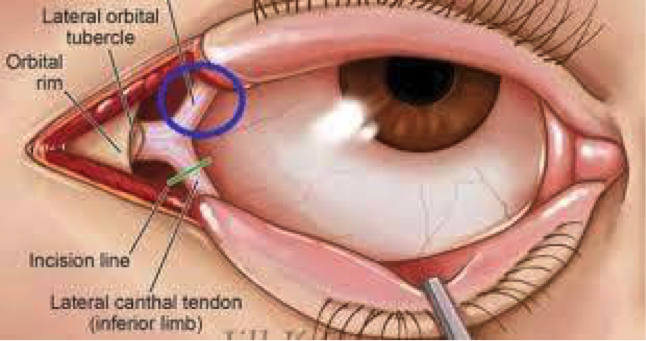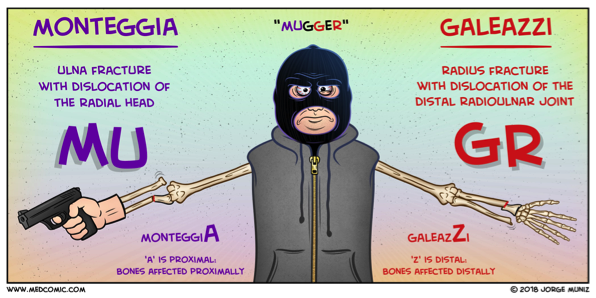Minor trauma with mild swelling and want to avoid imaging the patient?
Tongue blade test:
How is it done? Have the patient attempt to "clamp down on” a tongue blade between the teeth with enough force that the examiner is unable to pull it out from the teeth.
When the examiner twists the blade, a patient should be able to generate enough force to break or crack the blade.
A positive test: if the patient cannot clench the tongue blade between the teeth or if the examiner cannot break the blade while it is held in the patient’s bite. If the test is positive, imaging is indicated.
A negative test: If the blade can be gripped by the patient and be broken by the examiner, fracture of the mandible is much less likely, and additional imaging is likely not needed. In a prospective series of 110 patients with suspected mandible fracture, the test was found to be approximately 96% sensitive and 65% specific.
Who is not likely to benefit from this test? Major trauma that would indicate further imaging, signs of mandibular fracture such as: intraoral bleeding, tooth malocclusion, trismus, ecchymosis, and intraoral swelling.
Sources: https://www.aliem.com/2010/07/trick-of-trade-tongue-blade-is-as/
^ Check out this awesome aliem post and especially for the video demonstration
Alonso L, Purcell T. Accuracy of the tongue blade test in patients with suspected mandibular fracture. J Emerg Med. 1995;13(3):297-304. [PubMed]
Peer IX





